Last week set a record with 6.6 million people applying for unemployment benefits, a majority of which can be attributed to the ongoing COVID-19 pandemic. In just the past two weeks, nearly 10 million individuals found themselves in this unfortunate situation.
Up until last week, I was still juggling a full-time job alongside maintaining this website. However, an indefinite furlough has now placed me among the ranks of the coronavirus unemployed.
As I delve into researching unemployment benefits for myself and others facing job loss due to uncontrollable circumstances, it becomes apparent that many more might join our ranks as this pandemic lingers. Some officials even suggest that the unemployment rate might reach 30% in the second quarter of 2020.
While ensuring financial stability, having emergency funds, and planning for any contingency are crucial, they are incredibly challenging tasks. Fortunately, there are numerous public and private organizations dedicated to assisting the unemployed.
How Unemployment Insurance Typically Works
Unemployment insurance is designed to provide temporary income for those who find themselves unemployed due to factors such as layoffs, furloughs (as in my case), or business closures. Essentially, it acts as a safety net if your job loss is not due to any fault of your own.
Funded through state employment taxes and the Federal Unemployment Tax Act, these benefits are managed and distributed by individual states, leading to variations in the generosity of benefits.
While most states offer a standard 26 weeks of unemployment benefits, some, like Florida and North Carolina, currently provide only 12 weeks, with the possibility of extension as the unemployment rate rises.
To qualify, you generally need to apply to your state agency for unemployment benefits and meet several criteria:
- You must be unemployed through no fault of your own (not terminated for cause).
- You must have been employed for the minimum duration specified by state laws, known as the “base period,” which helps determine the benefit amount.
- You must be able and available to work, actively seeking new employment (though COVID-19-related temporary unemployment might exempt you from this requirement).
Most states set a maximum weekly benefit amount, so if you had a high-paying job, your benefits might be significantly lower than your regular income. These benefits also have a specific cap, varying by state.
Once approved, you typically need to request your unemployment benefits weekly or bi-weekly through your state’s website, reporting any income earned from part-time work, which may reduce your benefits.
Expanded COVID-19 Unemployment Benefits under the CARES Act
We’ve previously covered the Coronavirus Aid, Relief, and Economic Security (CARES) Act and the $1,200 Economic Impact Payments it provides to individuals, with an additional $500 for dependents aged 16 and under.
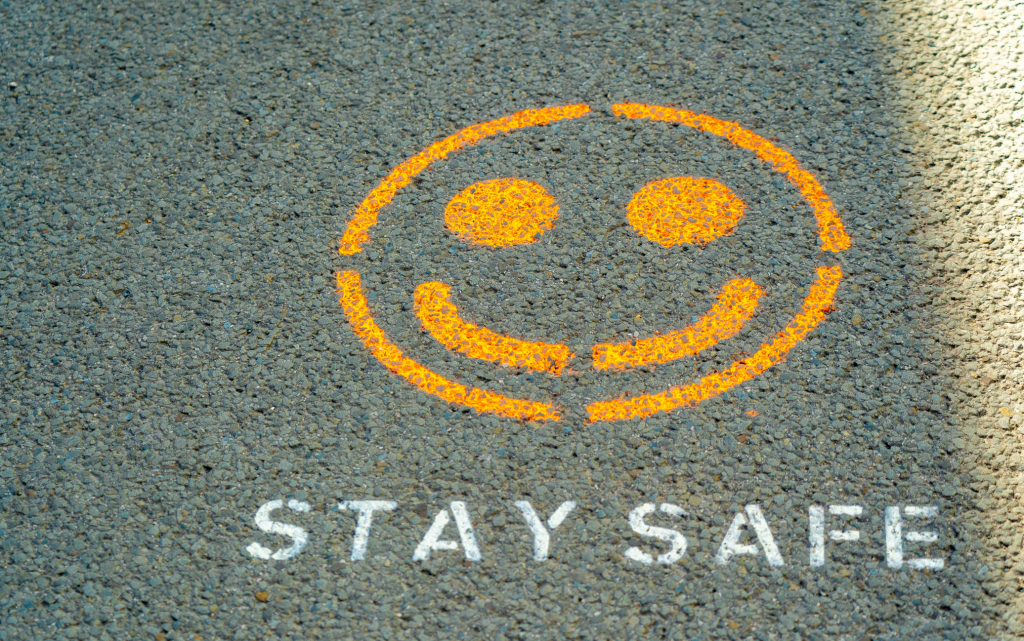
Beyond the stimulus checks, the CARES Act extends some crucial unemployment benefits for workers. The key provisions include:
- An additional 13 weeks of unemployment benefits beyond the typical 26 weeks, lasting until December 31, 2020, providing a maximum potential of 39 weeks of benefits.
- A weekly supplement of $600 to unemployment benefits until July 31, 2020. This extra benefit applies before exhausting state benefits, and in some cases, it exceeds the regular weekly benefit amount, resulting in, for some individuals, higher income during unemployment than when employed.
- Extension of unemployment benefits to part-time, gig, and self-employed workers, providing significant relief for freelancers and independent contractors.
- Incentives for states to waive the one-week waiting period for unemployment benefits by reimbursing them 100% for that week.
Note: The extra $600 per week does not impact eligibility for income-based health insurance plans such as Medicaid or the Children’s Health Insurance Program (CHIP).
When Will the Additional $600 Weekly Unemployment Benefit Start?
As I applied for benefits this week, I discovered that my state is awaiting federal guidance on distributing the extra $600 per week. They indicated that it might take a few weeks to fully implement and provide financial support.
Most sources online suggest that these additional funds should be available between mid-April and the end of April 2020. It’s crucial to note that the $600 is retroactive, starting from April 5, 2020. Hence, you’ll receive payments from the date of your unemployment application. This additional $600 is exclusive to those actively receiving unemployment benefits. If your state denies you benefits, you won’t receive the extra $600 for COVID-19.
Typically, there’s a one-week waiting period after unemployment before you can apply for benefits. Due to the CARES Act, this waiting period is now federally funded, allowing most states to accept applications in the same week as job loss.
Applying for Unemployment Benefits Immediately After Layoff or Furlough
Once unemployed, your priority is to promptly explore the unemployment insurance benefits available in your state. Thanks to the CARES Act, you should be able to apply in the same week as your termination, making it crucial to initiate the process soon after losing income.
Some states, like mine, are currently dealing with system overload due to the surge in applications. They are assigning specific days for individuals to apply based on their social security numbers. Ensure you know your designated application date and have the required information ready.
What Information Is Required When Applying for Unemployment Benefits?
While the information needed varies by state, the basics are generally similar. Here’s what I needed when applying for benefits in Minnesota:
- Social Security Number.
- Name, birthdate, address, contact information, email.
- Highest level of education.
- Citizenship status.
- Disability status.
- Direct deposit information, including routing and account numbers.
- Names, addresses, and phone numbers of all employers in the past 18 months, along with start and end dates of employment.
- Compensation details from your employment, including wage levels.
- Information about why you’re no longer employed (Minnesota has specific questions related to whether COVID-19 is a factor).
Throughout the process, you’ll likely be asked to provide the above information and additional details about your former employer, reasons for job separation, and any other income that might affect your eligibility.
After submitting your application, closely monitor your email or notifications on the online portal for approval or denial. If denied, it may be due to an incomplete application or a need for more information. Therefore, check your email and log in to the portal daily.
What Happens After Applying for Unemployment?
Once you apply, your information goes through the system, and if necessary, it’s flagged for additional information or clarification. If your initial application is denied, be sure to provide any requested information promptly. Approval is likely once the required details are provided.
Sometimes, a phone call with the unemployment office might be beneficial to understand the reasons for denial or to get answers to any questions you might have. I had to go through this process and experienced a lengthy wait time of over an hour before speaking with a customer service representative. Expect longer wait times during this busy period.
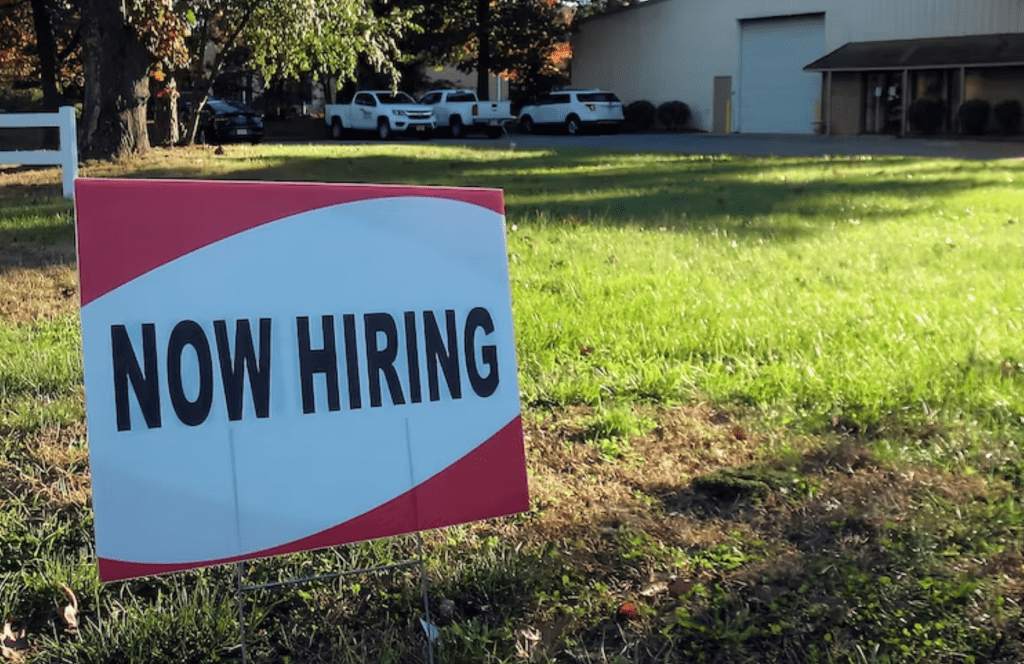
Ensure you submit your first claim for unemployment benefits once approved, and continue doing so weekly or bi-weekly until your benefits are exhausted. In Minnesota, for example, you must recertify and request new payments each week.
Understanding the full process in your state, including ongoing requirements for continued eligibility, is crucial.
Final Thoughts: Overcoming the Stigma of Unemployment
Perhaps most importantly, do not feel ashamed or discouraged about receiving unemployment benefits. Unemployment is an economic and social challenge, and these benefits are designed to help you navigate through tough times. Many individuals may face unemployment at some point in their lives, and it does not reflect any personal shortcomings.
Equally important is staying informed, especially in this ever-changing landscape of the COVID-19 pandemic. Governments may adjust or provide additional assistance to alleviate the economic impact on livelihoods.
Lastly, seek help and support. If you have questions about applying for or navigating unemployment benefits, reach out to your state’s employment department or seek advice from professional counseling services. Additionally, participating in social media groups where individuals share experiences and advice can be beneficial during these challenging times.
Wishing you a swift recovery from this challenging period and success in finding new job opportunities. Feel free to ask if you have any other questions or need further assistance. Good luck!
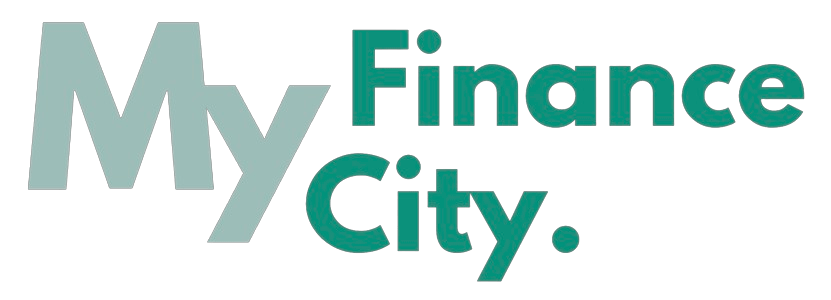




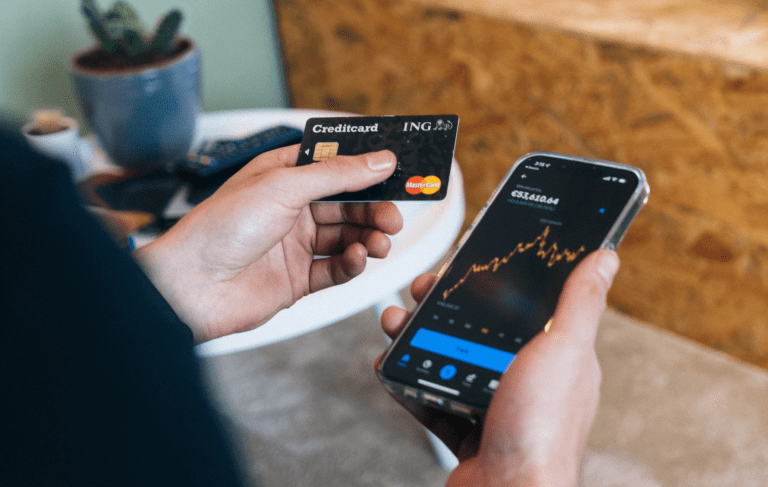

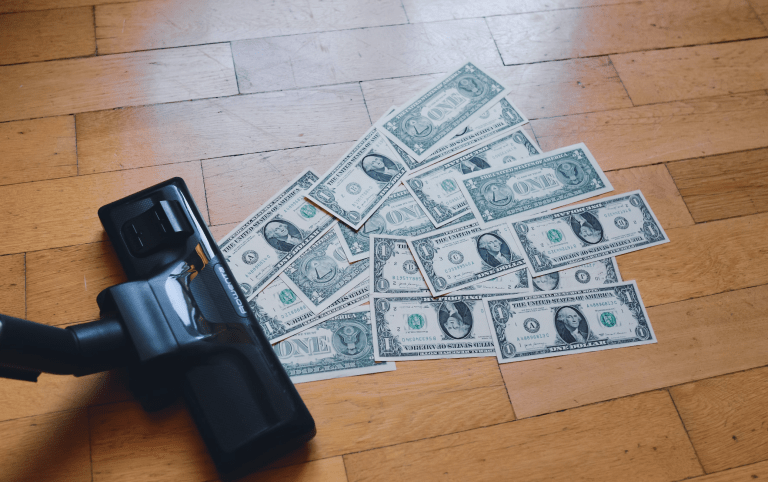



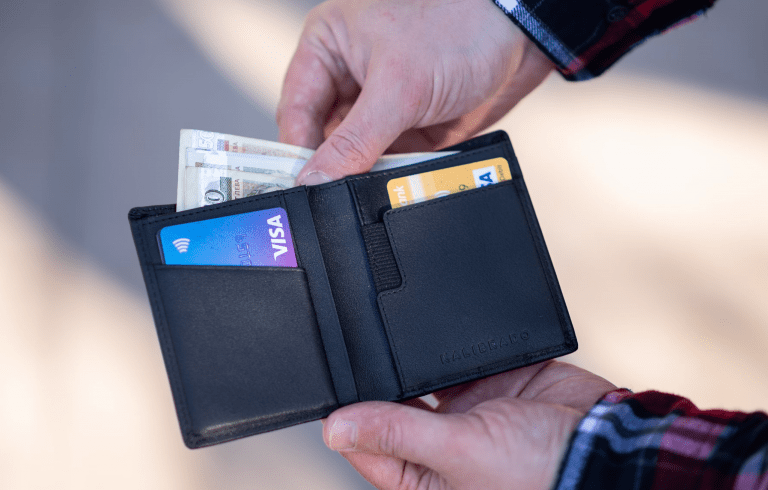

+ There are no comments
Add yours